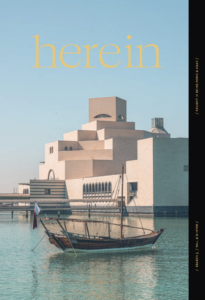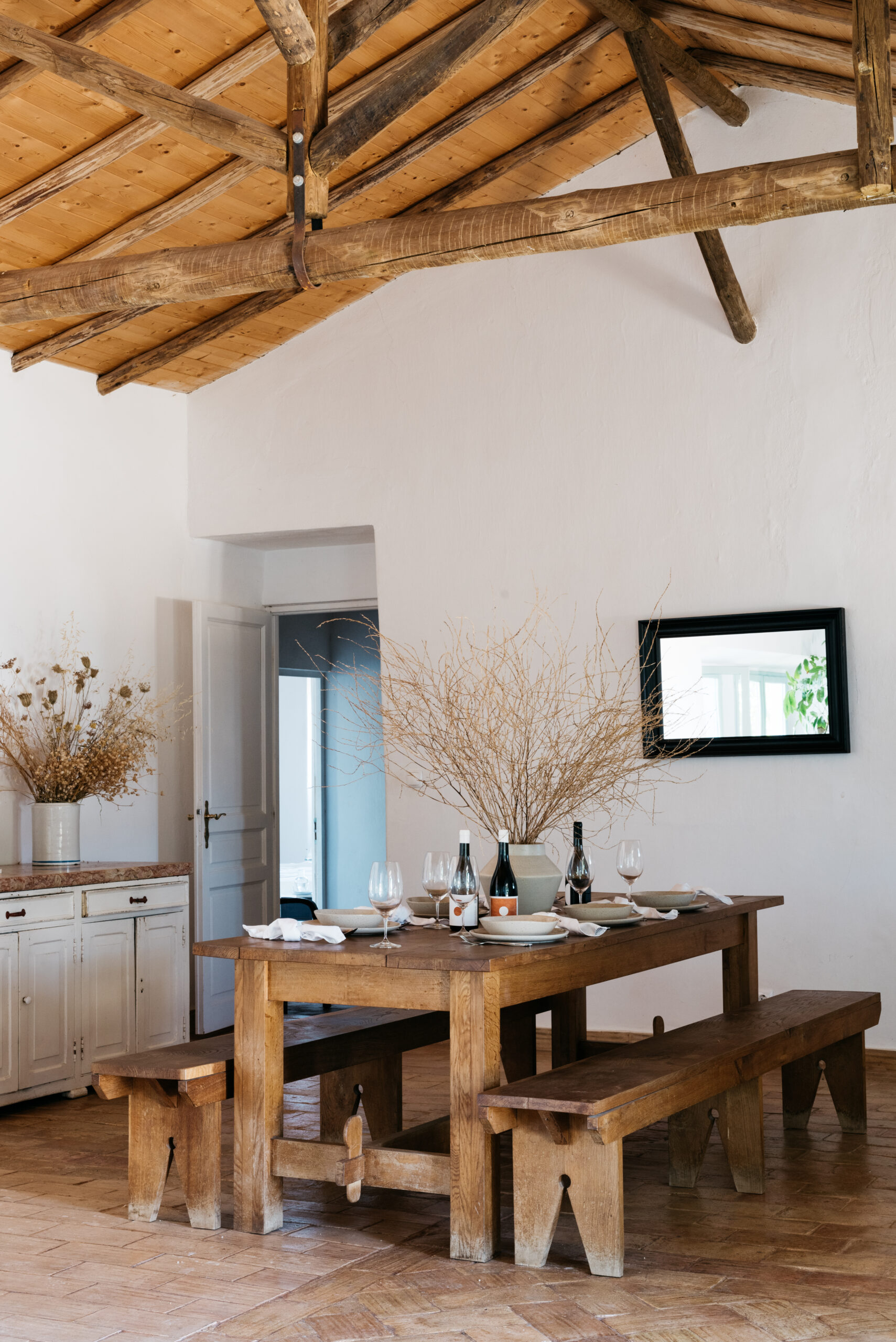By Tom Seymour
As a child in Seoul, Do Ho Suh learned an idea that has shaped his 30-year career. The hanok, a traditional Korean home, could be “walked”—that is, these homes are constructed with the ability to be disassembled, moved, and rebuilt elsewhere. The notion that the walls around him were not fixed was less a fact than a seed of philosophy.
Once grown, the experience of leaving home is what made Suh ruminate on this concept. “It could therefore be said that home started to exist for me once I no longer had it,” Suh says at the Tate Modern in London, where his major mid-career survey, Walk the House, was recently on display. “But if that is the case, where and when does home exist?”
From this paradox came a practice that collapses the boundaries between the permanent and the itinerant. For Suh, home is never four walls and a roof; it is a memory—something you inhabit as much with the mind as with the body.
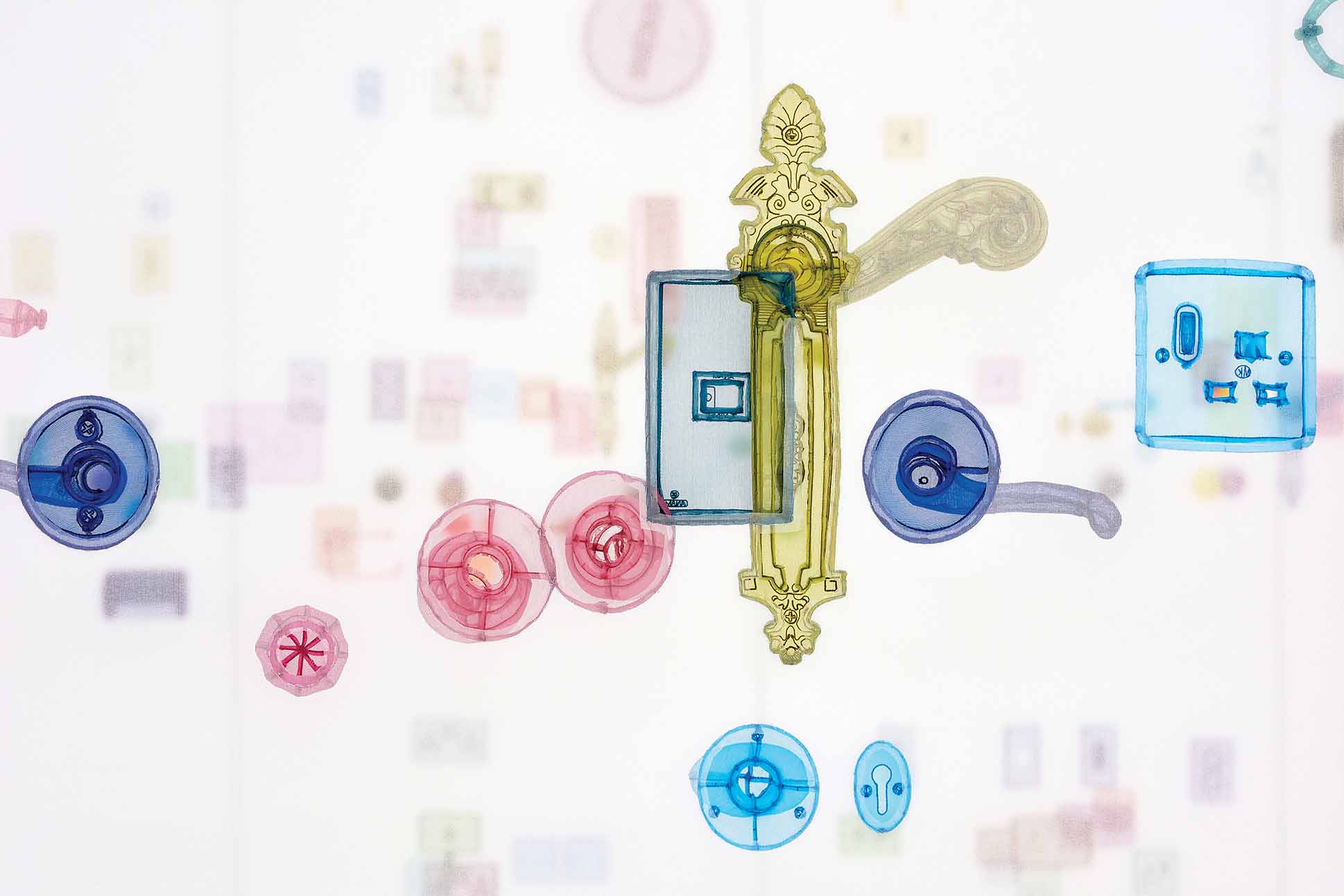
“The space I’m interested in is not only a physical one, but an intangible, metaphorical, and psychological one,” Suh says. “For me, ‘space’ is that which encompasses everything.” His works—fabric architectures, graphite rubbings, and photogrammetry—trace the rooms, corridors, and thresholds of his homes in Seoul, New York, Berlin, and London, rendering them spectral yet precise.
For instance, Who Am We? (2000), a wallpaper of tens of thousands of yearbook portraits, blurs into abstraction from afar; up close, each face asserts its individuality. Suh calls this “the minimum differential space that lets me be what and who I am and not you, or anyone else.” Here, home is the invisible space between one person and the next.
If that is a meditation on individuality, Staircase-III (2010) captures the in-between. Based on the narrow stairs between his New York apartment and his landlord’s, the work hangs midair like a fleeting memory. Suh describes it as “challenging the ‘permanence’ of the institutional space” while allowing it to adapt each time it is shown.

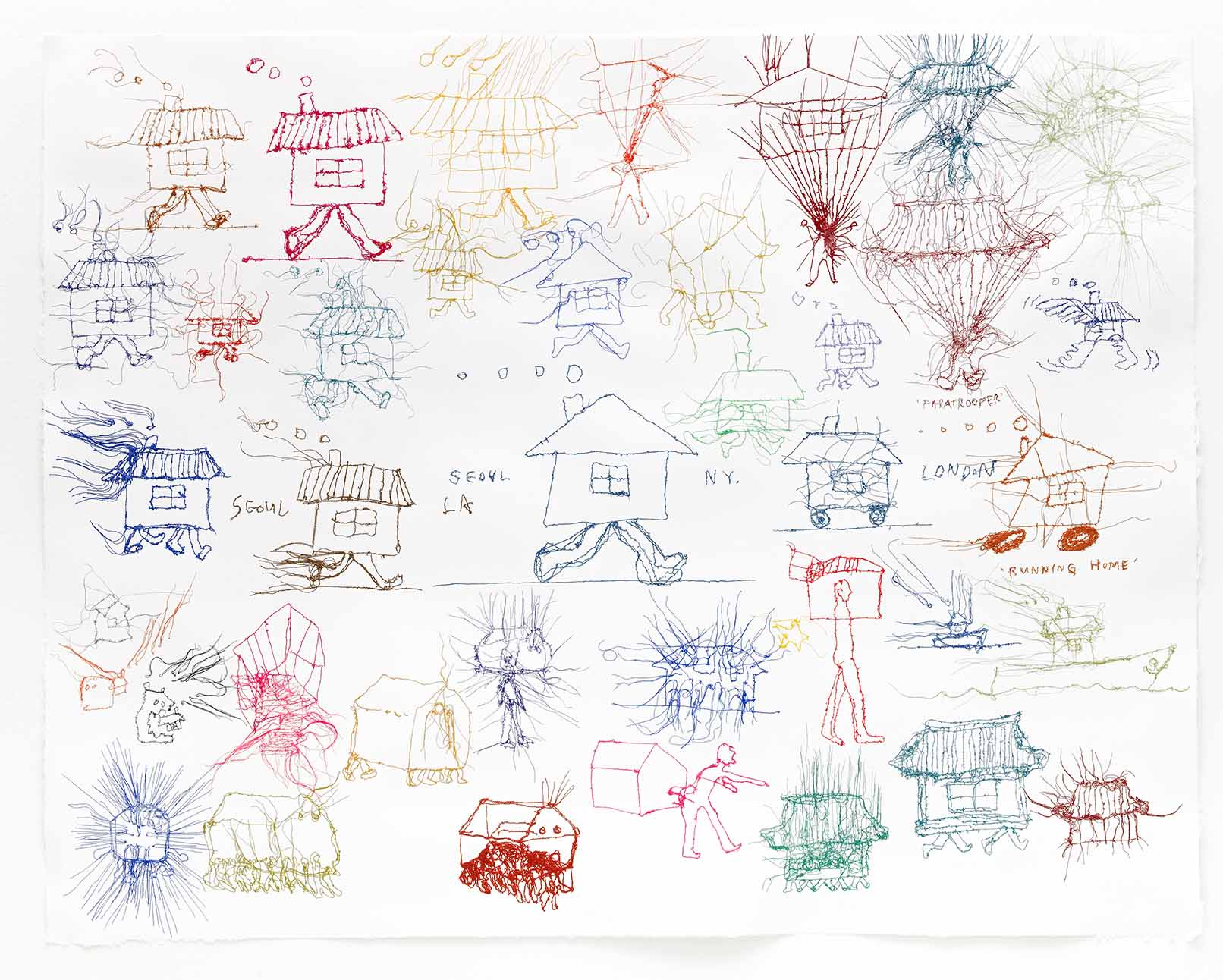
Elsewhere, Suh wrapped his childhood home in mulberry paper, the graphite traces forming what he calls “a gentle gesture of loving, caring, and being attentive.” Every line or shadow is a muscle memory of the home made visible—the way your hand knows the grain of a banister in the dark.
Though his subject matter is autobiographical, Suh’s process is deeply collaborative. Teams of architects, seamstresses, and technicians across London and Seoul help realize his vision. “It’s the result of years of dialogue—not just between the artist and his memories, but between craftspeople across generations,” says the curator of the Tate Modern show, Dina Akhmadeeva.
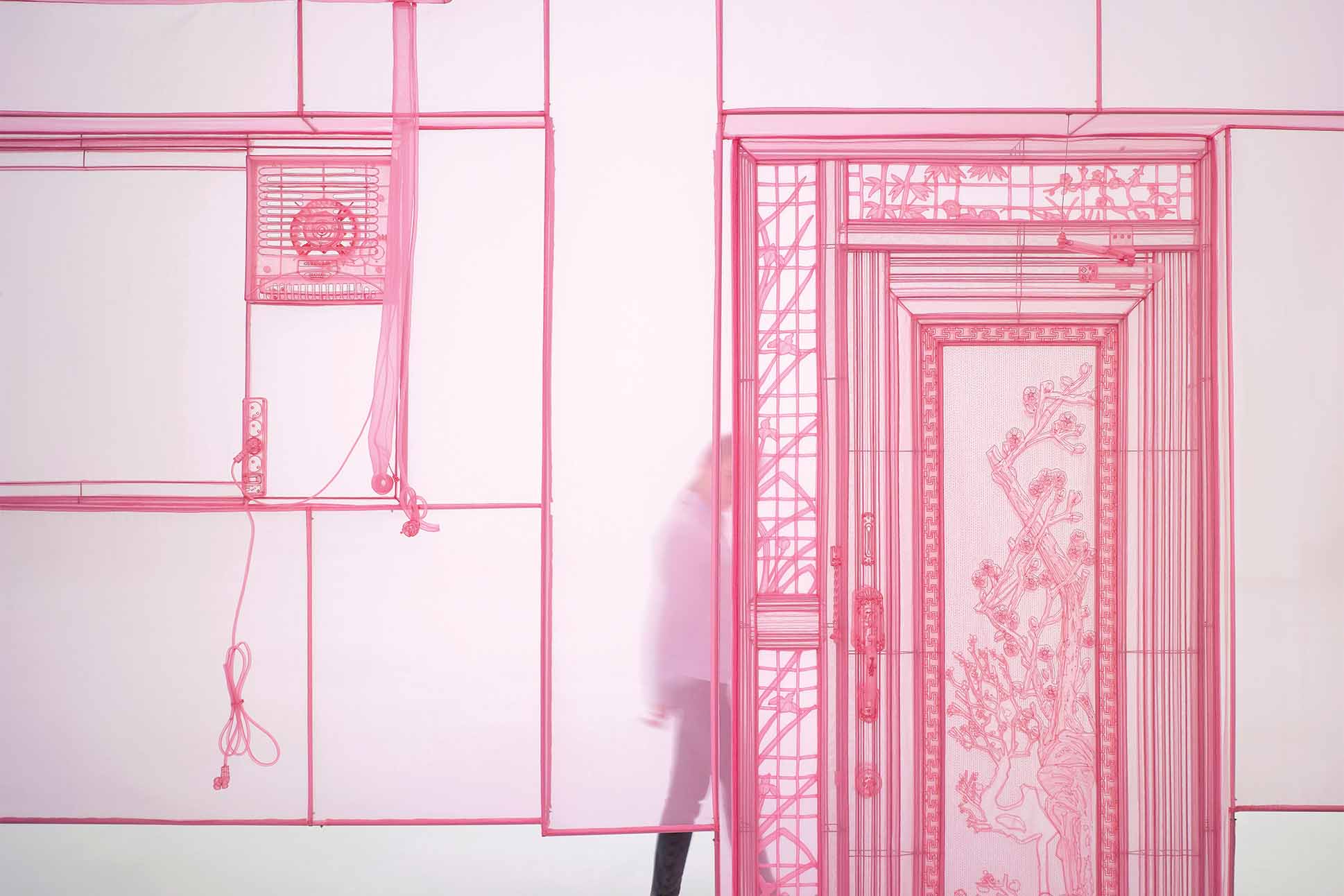

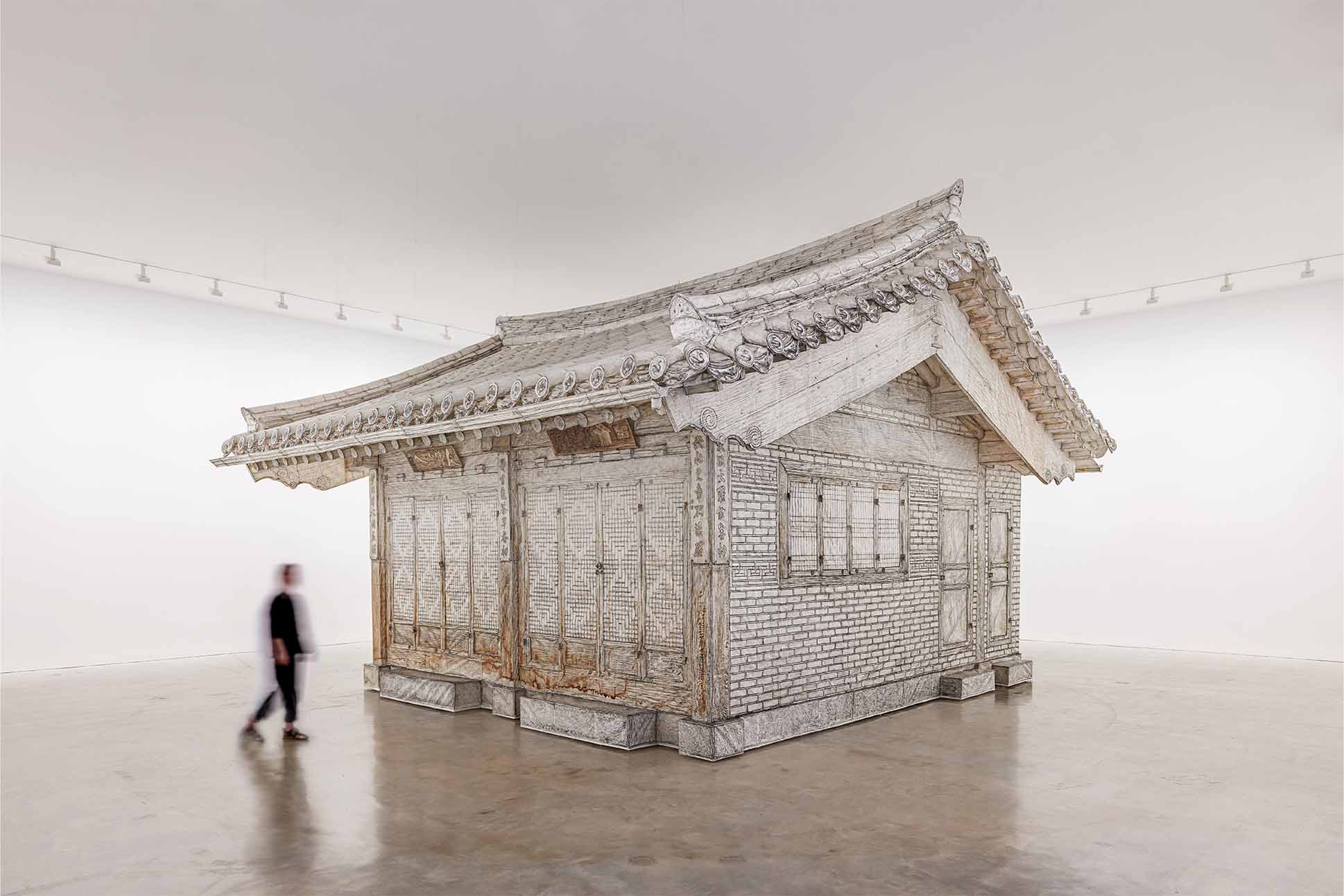
“As a Buddhist, I don’t believe anything exists in a state of permanence,” Suh says. For him, the impossibility of holding onto home is not a loss but a truth to be honored. His work accepts the irretrievability of the past, yet affirms its lingering presence as an atmospheric force. In his installations, visitors move through translucent passages, becoming part of “a wider constellation of bodies sharing the space and being momentarily in common.”
The houses he “walks” are both personal and universal. They remind us that, even when the walls are gone, the places we come from never leave us. We carry them—not as weight, but as architecture woven into our bones.
Do Ho Suh: Public Figures is on view now at the National Museum of Asian Art (Smithsonian) in Washington, D.C., while North Wall (2005) at Auckland Art Gallery, New Zealand, is on view until March 1, 2026.



